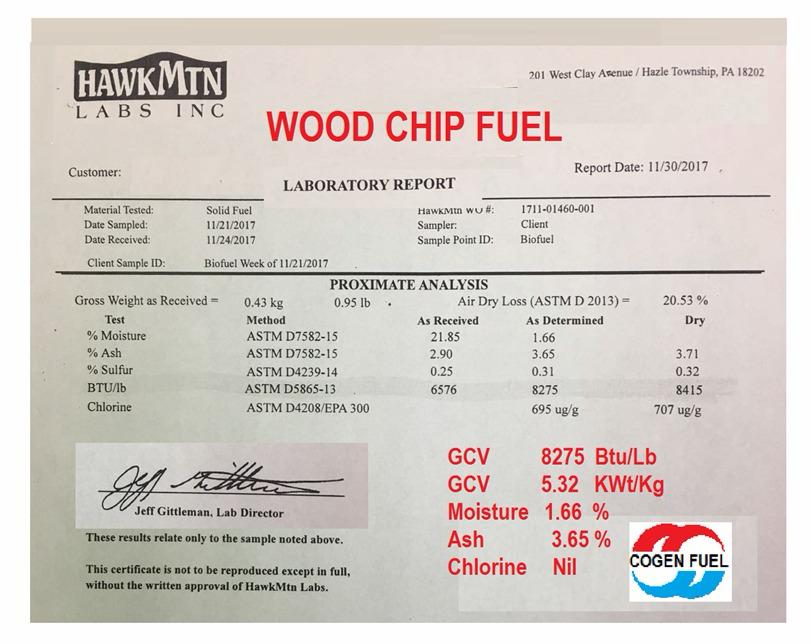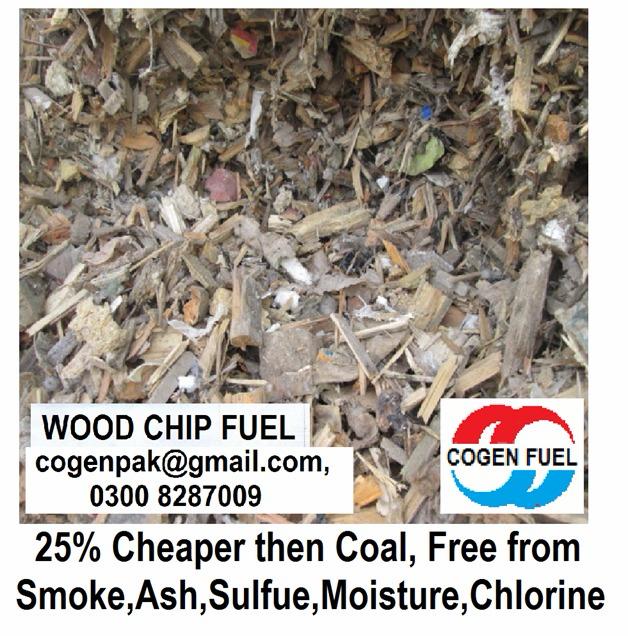Wood Chip Fuel
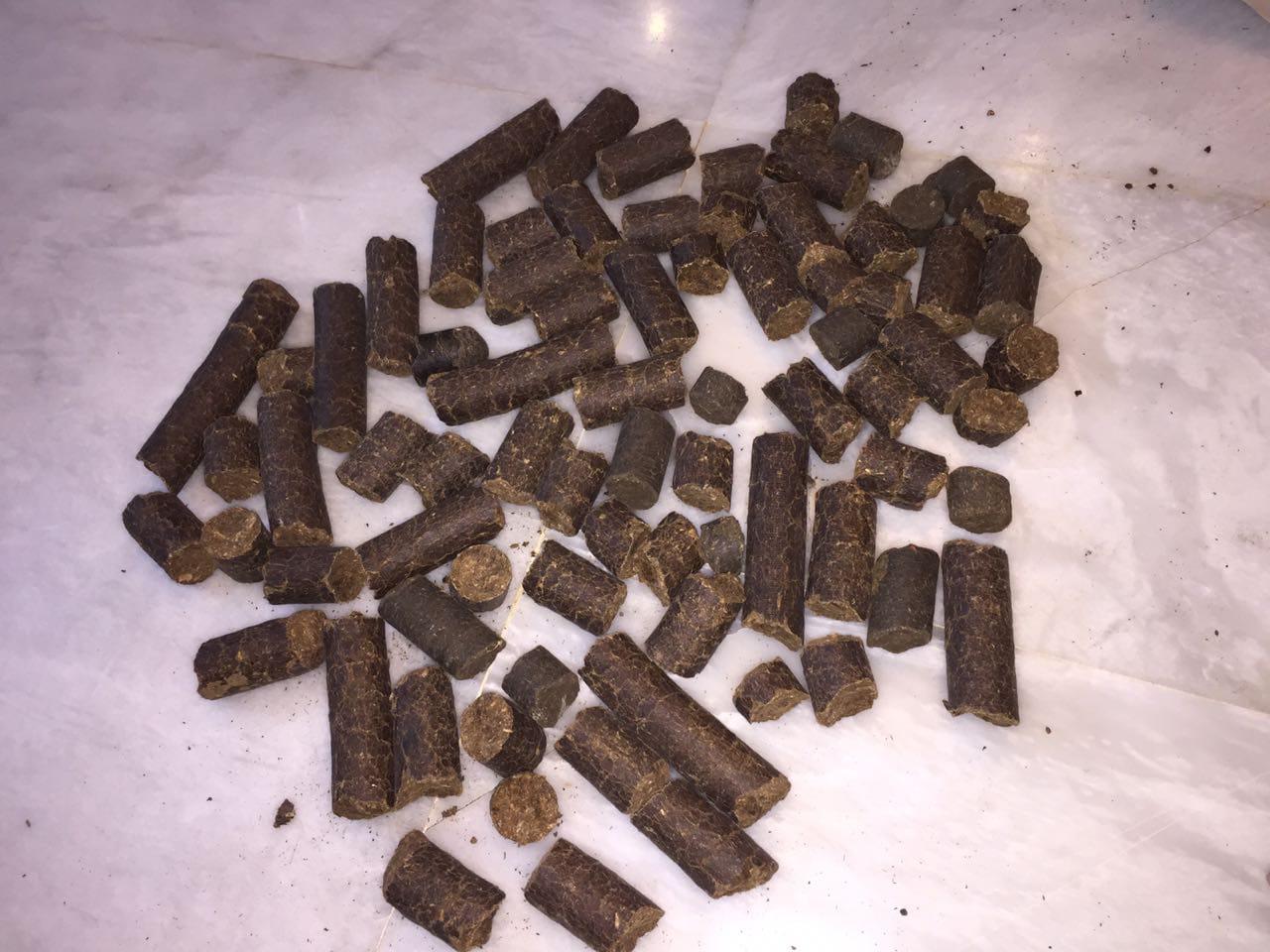
Wood Chip Fuel Process
Wood chip fuel is a type of biomass energy made from chipped wood—usually from forestry waste, sawmill by-products, or dedicated energy crops. It is commonly used in biomass boilers, heating systems, and power generation plants as a renewable, low-carbon alternative to fossil fuels.
1. Raw Material Collection
Wood chips are typically made from:
Logging residues (branches, treetops, etc.)
Sawdust and wood waste from sawmills
Thinnings from managed forests
Recycled wood (non-treated)
2. Chipping Process
Collected wood is fed into a wood chipper machine, which mechanically cuts the wood into small, uniform pieces. The size of chips varies depending on the intended use (e.g., small for domestic boilers, larger for industrial use).
3. Drying and Storage
Freshly chipped wood can have a moisture content of 30–60%, which affects combustion efficiency.
Chips are either air-dried or mechanically dried to reduce moisture to an optimal level (typically 20–30%).
Dried chips are stored in covered silos or bunkers to prevent moisture re-absorption and fungal growth
4. Transport to Combustion Site
The dried wood chips are transported via truck, conveyor belt, or auger system to the point of use, such as:
Biomass heating systems (e.g., in schools, greenhouses, or municipal buildings)
Combined Heat and Power (CHP) plants
Industrial boilers
5. Combustion and Energy Generation
Wood chips are fed automatically into a biomass boiler or furnace, where they are burned to produce heat or steam.
The heat may be used for space heating, hot water, or to generate electricity (via turbines).
Modern systems control combustion temperature, air supply, and fuel feed rate for high efficiency and low emissions.
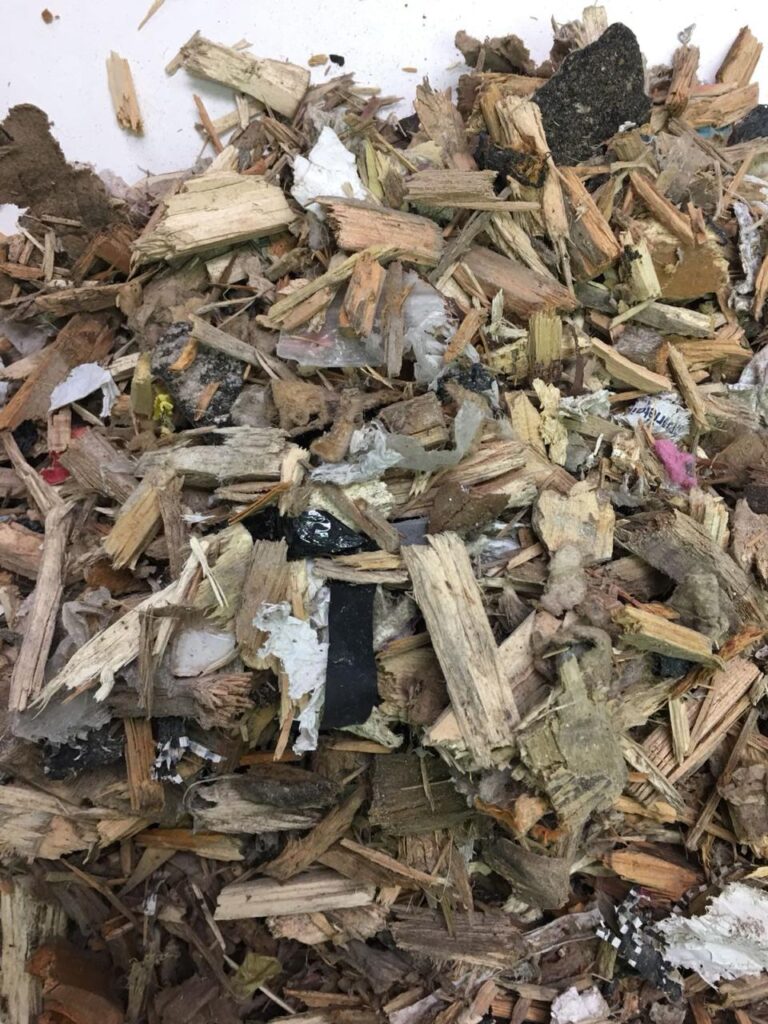
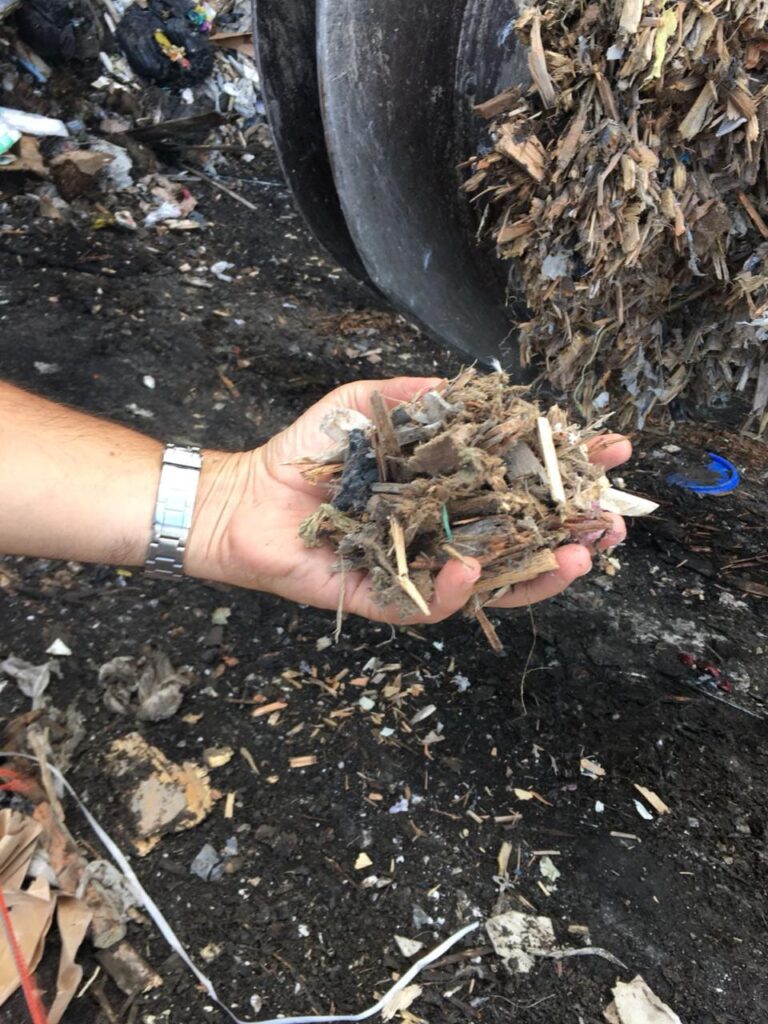
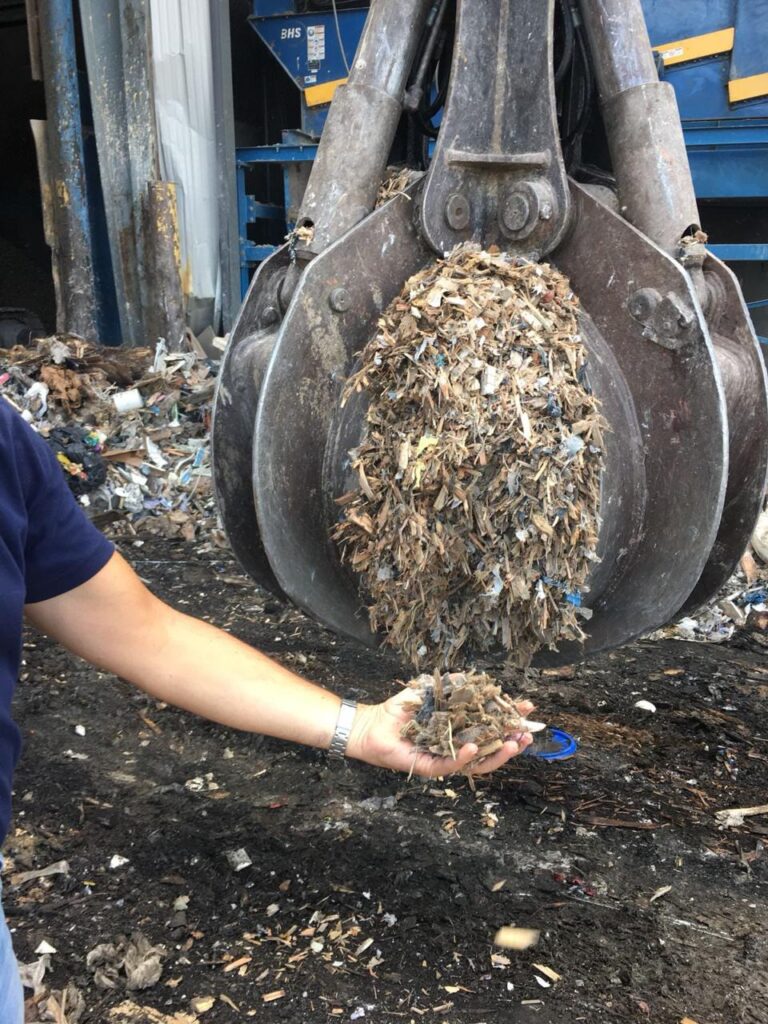
Report.
